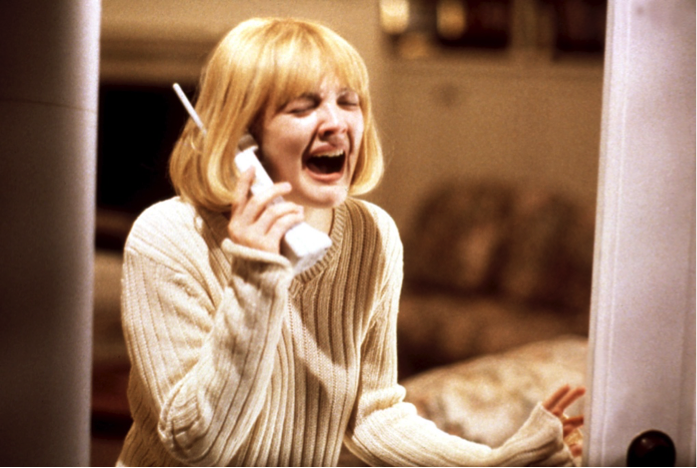In sound studies, the term acousmatic refers to “a sound that has no visually identifiable cause.”
Acousmatic listening emerged out of this term, and was aligned with a movement called Musique Concrète, which its founder, Pierre Schaeffer, describes as “A listening paradigm in which the source of a sound is deliberately ignored in order to focus on the sonic properties and characteristics inherent to the sound. We forget about what agent, object, or action made the sound or what the sound signifies…“ (emphasis mine).
The last part of that statement is where I begin to hear how acousmatic listening might be a useful listening stance to take in a literary context.
(Of course we cannot ever “forget” about signification of sounds altogether, no more than we can ignore signifying properties of language, or punctuation, or the blank space of the page, for that matter. As visual poetry continually demonstrates, all the marks we make or don’t make are never void of meaning, for better or for worse.)
The point of acousmatic listening might not be to completely “forget” about agents of sound, but to make the signification process less fixed.
The telephone is engineered for acousmatic listening. While we ought to know who we’re listening to on the other end, (unless you’re Drew Barrymore’s character in Scream,) sometimes the sounds we hear feel compromised by the lack of visual cues.

Sight & site unseen, the Other, who is on the opposite end, develops in the dark imaginary. This development remains in flux for the duration of the call.
If it is true that a stable image of the Other never forms, it is equally true that the handset follows the contours of a different sort of articulation.
I remember listening to a really special composition a friend of a friend shared with me, a long time ago. Towards the end of it, there was the sound of someone who was out of breath. Were they laughing or crying? Did they just finish exercising, or was there something erotic about what I was hearing?
(There is no transcribing this sound without losing this sound. Perhaps this is true for all transcriptions, translations, and writings; it is never about creating an equivalent one-to-one representation. There is no lossless path.)
Every time I returned to that composition, something new came up for me.
I loved how there was nothing that would stabilize in their breathing.
I’ve begun to think about my own work, and the ways that I approach reading and writing, and even approach thinking about pedagogy, in terms of literary aurality. To me, literary aurality is a reading and writing stance that, very much like acousmatic listening, emphasizes the act of listening beyond singular signification. Its research question is not what is this about, but rather, what does this bring up for me?
Listening in the context of literary aurality can be more than just listening to the sounds the words make, although that can be a big part of it, too. That might be a different discussion, with its own bibliography of influences, for another time. For now, I turn back to the telephone. Let us stay on the line a moment longer with this:
It was Frank O’Hara who said, “I could use the telephone instead of writing the poem.”
This is because both the book and the phone are devices through which we can potentially devote ourselves. In attending to literary orality & aurality, we deal with voice, and that does something to the ear. Our ears – the rest of the time listening so broadly, scanning for danger, orienting us, etc. – suddenly become intently focused. Listening to just one person. Listening for the Other, always emergent in the sounds they make or don’t make, mixed in to the words they say.
Imagine listening as being pressed to a receiver.
(What is a receiver? Does a book have one? Receiver of what?
The end through which something, someone arrives.)
Some ways of listening turn the whole body into an ear.
by Xiao Xuan / Sherry Huang
(MFA student, UBCO; AMP Lab artist-in-residence)

